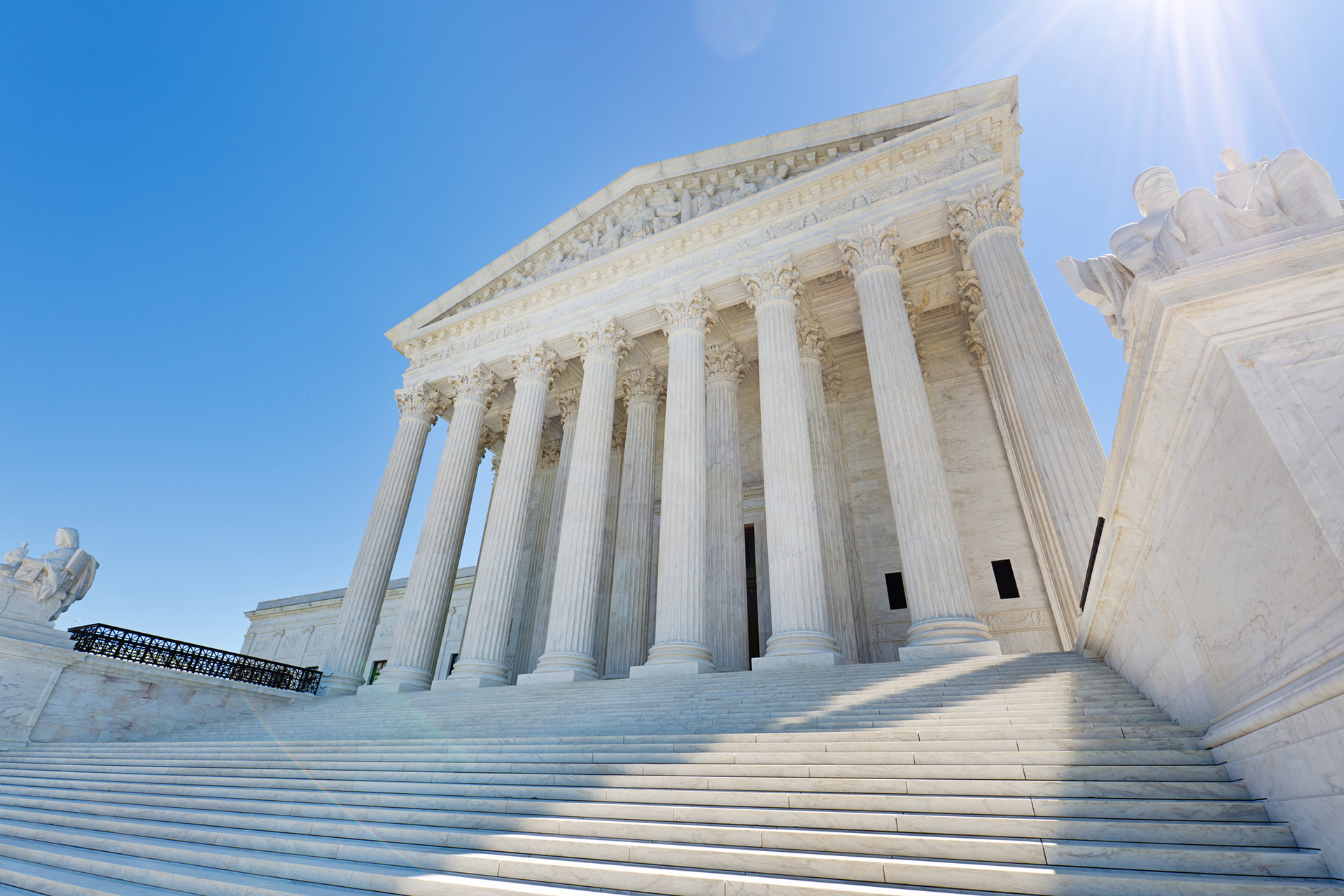The Supreme Court of the United States recently affirmed so-called Auer deference (also referred to as Seminole Rock deference), which requires courts to defer to an agency’s own interpretation of its ambiguous regulations. A 5-4 decision in Kisor v. Wilkie, penned by Justice Kagan and with Chief Justice Roberts playing the role of swing vote, the Supreme Court found it prudent not to overturn precedent, but rather to “reinforce [Auer’s] limits.”
The decision is not limited to any particular agency, and will likely impact wage and hour as well as discrimination litigation, based on the past and future interpretations from the U.S. Department of Labor (DOL) and the U.S. Equal Employment Opportunity Commissions (EEOC).
Kisor v. Wilkie is important due to the Supreme Court’s redefining of Auer’s applicability, rather than the Court’s judgment or the facts of the case. In short, James Kisor, a Vietnam War veteran, was denied disability benefits by the Department of Veteran Affairs (VA). After losing his appeal to the Court of Appeals for Veterans Claims, Kisor appealed to the U.S. Court of Appeals for the Federal Circuit, which affirmed the denial after affording Auer deference to the VA’s interpretation of its own rules and regulations.
The Supreme Court granted certiorari to answer the question of whether Auer should be overruled. It ultimately declined to overturn this deferential doctrine, but emphasized that the application of Auer should be carefully circumscribed. Accordingly, the Court set forth a five-part inquiry to determine whether Auer deference should be applied in a particular case.
- Auer deference should not be afforded unless the regulation or rule is “genuinely ambiguous.” As such, Auer deference should only apply when “the law runs out, and policy-laden choice is what is left over.” Indeed, before genuine ambiguity is found, “a court must exhaust all ‘traditional tools’ of construction” (e.g., considering the rule/regulation’s text, structure, history, and purpose).
- If “genuine ambiguity” remains, the agency’s interpretation must be “reasonable” – which the Court noted is not a foregone conclusion.
- The interpretation must be the agency’s “authoritative” or “official position,” not merely an “ad hoc statement.” Accordingly, the interpretation must be akin to an “official staff memoranda” “published in the federal register,” and not, for example, an informal memoranda or a speech by a mid-level official.
- The interpretation must reflect the agency’s substantive expertise in the area, and not an interpretive issue that would naturally fall within a judge’s wheelhouse.
- The agency’s interpretation must reflect “fair and considered judgment,” not a “post hoc rationalization” after an attack on the agency, such as when the interpretation is raised for the first time in a legal brief, and must not be a “new interpretation” that creates unfair surprise. The Court noted that it has rarely afforded Auer deference to an agency construction that conflicts with a prior interpretation by the agency.
A strongly-worded dissent by Justice Gorsuch described these “limits” as rendering Auer “zombified,” and stated that instead Auer deference should have been done away with altogether.
How the Kisor limitations to Auer deference will play out in the lower courts remains to be seen. Will the status quo prevail, or will the reliance upon Auer truly be cabined, as the majority suggests?
For example, in employment litigation, parties often rely upon pronouncements from the relevant agencies (DOL and EEOC, for example) to support their positions. This notably occurs in wage and hour cases involving the so-called “20% rule” (or “80/20 rule”), which plaintiffs’ argue bars employers from taking a tip credit when a tipped employee spends more than 20 percent of his or her work time performing non-tip generating duties. The DOL has made several, sometimes conflicting pronouncements concerning the “20% rule,” most recently in November 2018. Against the backdrop of the Kisor decision, the DOL’s position will be something to watch the lower courts grapple with in the near term.
After Kisor, employers involved in litigation would be wise to remain mindful that courts may continue to defer to agency interpretation under Auer, but that the threshold for doing so has been heightened. It is not a foregone conclusion that courts will afford Auer deference when the issue is raised, including where the DOL or EEOC have issued interpretations favorable to plaintiff employees.














